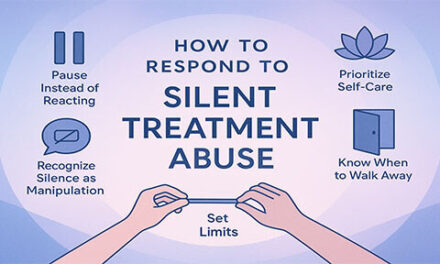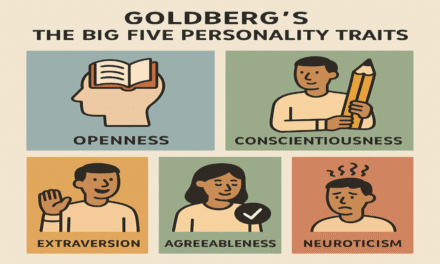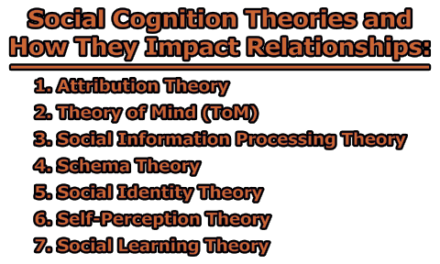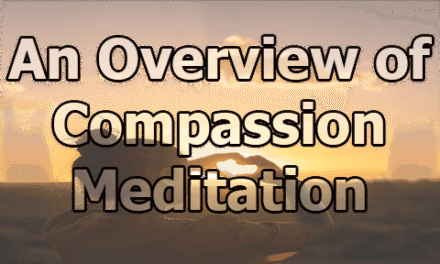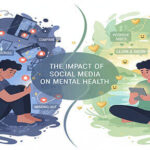Different Types of Emotional Responses:
Emotions are complex psychological states that encompass subjective experiences, physiological responses, and behavioral expressions. They play a pivotal role in influencing our thoughts, actions, and interactions. Understanding the various types of emotional responses provides insight into human behavior and mental processes. Here is a brief exploration of ten different types of emotional responses, each supported by research-based evidence.
1. Basic Emotions: The concept of basic emotions suggests that certain emotional responses are universal across human cultures. Psychologist Paul Ekman identified six primary emotions—happiness, sadness, fear, anger, surprise, and disgust—that are universally recognized through facial expressions. These emotions are considered innate and have evolved to serve adaptive functions. For instance, fear triggers a fight-or-flight response, preparing the body to respond to threats, while happiness reinforces behaviors that promote social bonding and well-being. Ekman’s research involved cross-cultural studies demonstrating that individuals from diverse backgrounds could accurately identify these emotions, suggesting their universality (Ekman, 1992).
2. Adaptive Emotional Responses: Adaptive emotional responses are those that facilitate effective coping and adjustment to environmental demands. These responses are context-appropriate and promote problem-solving and resilience. For example, feeling anxiety before a significant event can motivate preparation and enhance performance. Research indicates that adaptive emotional responses are associated with better psychological health and can buffer against stress-related disorders (Bonanno & Burton, 2013).
3. Maladaptive Emotional Responses: In contrast, maladaptive emotional responses are those that are disproportionate or inappropriate to the context, often hindering effective functioning. These responses can exacerbate stress and contribute to mental health issues. For instance, excessive anger in response to minor provocations can damage relationships and lead to social isolation. Studies have shown that maladaptive emotional responses are linked to various psychological disorders, including depression and anxiety (Aldao, Nolen-Hoeksema, & Schweizer, 2010).
4. Reactive Emotional Responses: Reactive emotional responses occur as immediate reactions to specific stimuli or events. These responses are often automatic and can be either adaptive or maladaptive, depending on the context and intensity. For example, sudden fear in response to a loud noise is a reactive emotional response that can be protective. However, if such responses are excessive or occur in non-threatening situations, they may be indicative of underlying anxiety disorders (Grillon, 2008).
5. Instrumental Emotional Responses: Instrumental emotional responses are those expressed with the intention of achieving a specific goal or influencing others. These responses are often deliberate and can be used to manipulate social interactions. For instance, displaying sadness to elicit sympathy or anger to assert dominance are examples of instrumental emotional responses. Research suggests that individuals with higher emotional intelligence are more adept at using instrumental emotional responses to navigate social situations effectively (Mayer, Salovey, & Caruso, 2008).
6. Mixed Emotions: Mixed emotions refer to the simultaneous experience of multiple, often conflicting, emotional states. For example, graduating from college might elicit both joy for the achievement and sadness for leaving friends behind. Studies have shown that mixed emotions are common in complex life events and can provide a more nuanced understanding of human affective experiences (Larsen & McGraw, 2011).
7. Emotional Coherence: Emotional coherence pertains to the alignment between different components of an emotional response, including subjective experience, physiological arousal, and expressive behavior. High emotional coherence implies that these components are synchronized, while low coherence indicates discrepancies among them. Research has found that greater emotional coherence is associated with better psychological well-being and social functioning (Mauss et al., 2005).
8. Kama Muta: Kama Muta, a term derived from Sanskrit meaning “moved by love,” describes a sudden feeling of being emotionally moved, often accompanied by physical sensations such as chills or tears. This emotion is typically elicited by experiences of communal sharing, acts of kindness, or witnessing unexpected cooperation. Studies have identified Kama Muta as a distinct emotional experience that promotes social bonding and prosocial behavior (Zickfeld et al., 2019).
9. Emotional Intelligence and Expression: Emotional intelligence (EI) involves the ability to perceive, understand, manage, and utilize emotions effectively. Individuals with high EI are better equipped to navigate social complexities and maintain emotional well-being. Research indicates that higher EI is associated with better interpersonal relationships, job performance, and mental health (Mayer, Roberts, & Barsade, 2008).
10. Physiological Responses to Anxiety: Anxiety elicits a range of physiological responses, primarily mediated by the activation of the autonomic nervous system. Common responses include increased heart rate, muscle tension, and heightened alertness. Chronic anxiety can lead to dysregulation of these physiological systems, contributing to health issues such as hypertension and cardiovascular disease. Understanding these physiological responses is crucial for developing effective interventions for anxiety disorders (Thayer, Friedman, & Borkovec, 1996).
It is apparent that emotional responses are complex and diverse, influencing nearly every aspect of human life, from personal well-being to social interactions. By examining emotions through different perspectives—such as basic emotions, adaptive and maladaptive responses, instrumental expressions, and physiological reactions—we gain a comprehensive understanding of their role in shaping behavior and decision-making.
Scientific research highlights the universality of emotions while also acknowledging their complexity, variability, and context-dependent nature. While some emotions serve protective and adaptive functions, others may become maladaptive if they persist inappropriately or excessively. Understanding emotional intelligence, emotional coherence, and nuanced experiences like kama muta can enhance self-awareness and interpersonal relationships.
Furthermore, physiological and neurological studies underscore how emotions manifest in the brain and body, reinforcing their significance in mental and physical health. These insights contribute to fields such as psychology, neuroscience, and even artificial intelligence, where emotion recognition and regulation play critical roles.
So, emotions are not merely transient feelings but integral components of human cognition and behavior. By fostering emotional intelligence, regulating maladaptive responses, and embracing the complexity of mixed emotions, individuals can cultivate healthier relationships, resilience, and overall well-being.
References:
- Ekman, P. (1992). An argument for basic emotions. Cognition & Emotion, 6(3-4), 169-200. https://doi.org/10.1080/02699939208411068
- Bonanno, G. A., & Burton, C. L. (2013). Regulatory flexibility: An individual differences perspective on coping and emotion regulation. Perspectives on Psychological Science, 8(6), 591-612. https://doi.org/10.1177/1745691613504116
- Aldao, A., Nolen-Hoeksema, S., & Schweizer, S. (2010). Emotion-regulation strategies across psychopathology: A meta-analytic review. Clinical Psychology Review, 30(2), 217-237. https://doi.org/10.1016/j.cpr.2009.11.004
- Grillon, C. (2008). Models and mechanisms of anxiety: Evidence from startle studies. Psychopharmacology, 199(3), 421-437. https://doi.org/10.1007/s00213-007-1019-1
- Mayer, J. D., Salovey, P., & Caruso, D. R. (2008). Emotional intelligence: New ability or eclectic traits? American Psychologist, 63(6), 503-517. https://doi.org/10.1037/0003-066X.63.6.503
- Larsen, J. T., & McGraw, A. P. (2011). Further evidence for mixed emotions. Journal of Personality and Social Psychology, 100(6), 1095-1110. https://doi.org/10.1037/a0021846
- Mauss, I. B., Levenson, R. W., McCarter, L., Wilhelm, F. H., & Gross, J. J. (2005). The tie that binds? Coherence among emotion experience, behavior, and physiology. Emotion, 5(2), 175-190. https://doi.org/10.1037/1528-3542.5.2.175
- Zickfeld, J. H., Schubert, T. W., Seibt, B., & Fiske, A. P. (2019). Moving through the literature: What is the emotion often denoted being moved? Emotion Review, 11(2), 123-139. https://doi.org/10.1177/1754073918820126
- Mayer, J. D., Roberts, R. D., & Barsade, S. G. (2008). Human abilities: Emotional intelligence. Annual Review of Psychology, 59, 507-536. https://doi.org/10.1146/annurev.psych.59.103006.093646
- Thayer, J. F., Friedman, B. H., & Borkovec, T. D. (1996). Autonomic characteristics of generalized anxiety disorder and worry. Biological Psychiatry, 39(4), 255-266. https://doi.org/10.1016/0006-3223(95)00136-0

Library Lecturer at Nurul Amin Degree College


